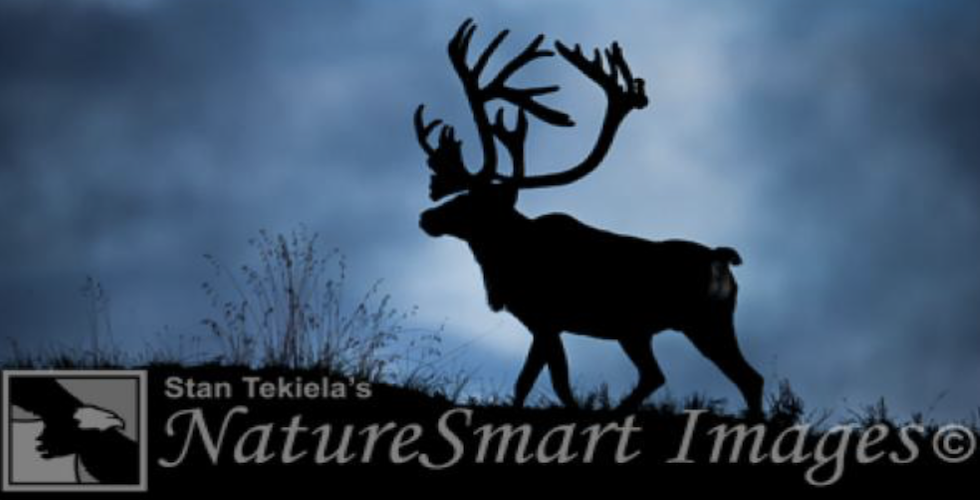
A Story About Santa’s Reindeer
It’s looking a lot like Christmas, and naturalist and wildlife photographer Stan Tekiela tells us all about the reindeer. Find out more about Santa’s famous helper!
’Tis the season of the reindeer. They make appearances in holiday movies, on greeting cards, and sometimes they’re even seen in Christmas tree lots. They appear on stage in plays or in re-enactments, and the list goes on and on. Not to mention, for an eternity, reindeer have powered Santa’s sleigh. You might even say that, without reindeer, we might not have Christmas.
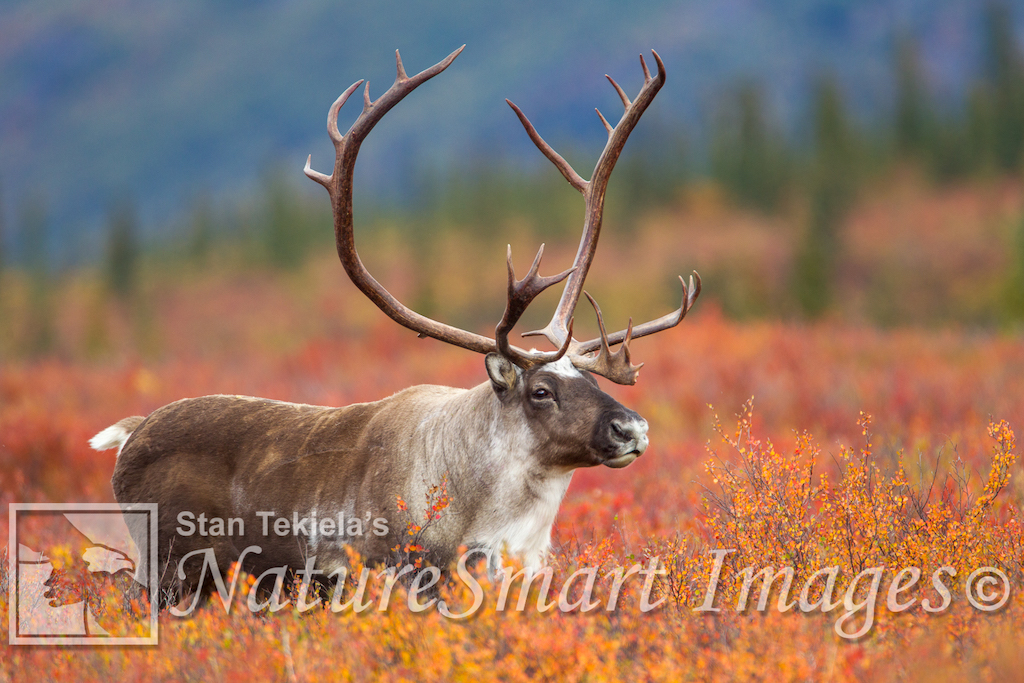
But what do you really know about reindeer? For example, did you know that reindeer and caribou are the same animal? Scientifically speaking, they are both Rangifer tarandus. This is a classic example of one animal having different common names in different parts of the world. They are called reindeer in Northern Europe and Asia, and they are called caribou in North America and Greenland. But they are still the same animal. Not to mention, North American moose (Alces alces) are called elk in most of Europe. See what I mean? The use of common names can be very confusing.
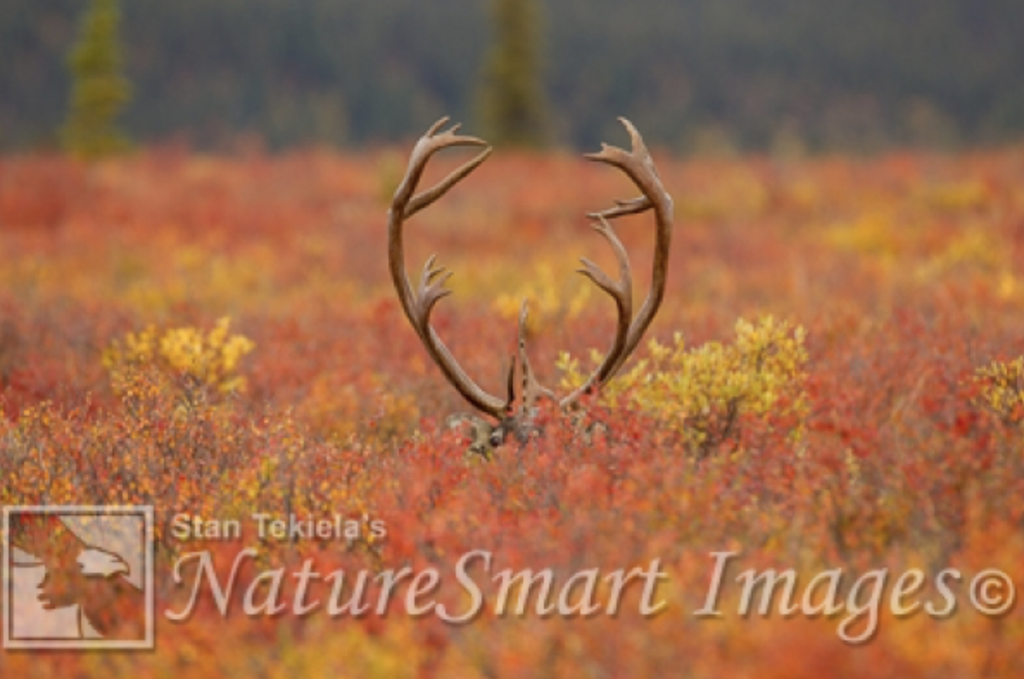
For generations, reindeer have been tended by humans in Northern Europe and Eurasia. It is estimated that they were domesticated about 2,000 to 5,000 years ago. The domesticated reindeer can look and act very differently from its wild brethren. Domesticated reindeer have short legs, they don’t migrate hundreds of miles, and their antlers are much smaller. Caribou have long legs, migrate across mountain ranges for hundreds of miles, and the males have enormous antlers. So, in short, the difference between reindeer and caribou is that reindeer are domesticated and caribou are wild.
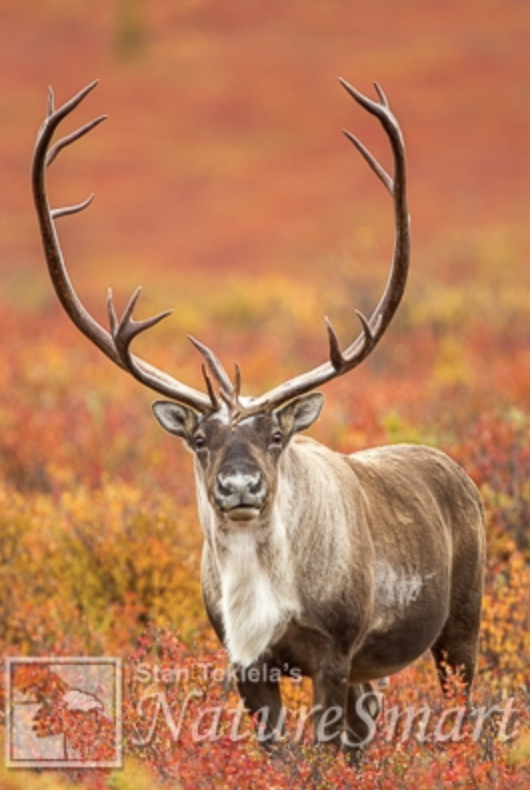
Caribou are a member of the deer family. They are considered circumpolar, which means they are found in the northern boreal and arctic regions around the entire world. They have adapted well to cold wintery conditions and to survive the harshest conditions. They have large and wide hooves that are good for walking in snow. They also use their hooves to dig through ice-packed snow to find plants and lichen on the tundra below the snow.
Their fur is very thick, and their long hollow hairs help trap air close to the body to keep them warm. In addition, their fur acts like a life jacket to keep them afloat when swimming. Both male and female caribou have antlers. The male’s antlers can be huge and are considered the largest of any deer species in proportion to their body size. Another amazing fact about caribou is that they can see ultraviolet (UV) light, which is invisible to humans. It has been well documented that birds and insects can see UV light, but mammals are a very different thing. It turns out that caribou are one of the few mammals on Earth that can perceive UV light. Currently, only a couple of species of rodents and a few species of bats are known to see UV light.
It is unknown why caribou can see ultraviolet light. But some preliminary experiments show that lichen, a low-growing plant-like organism—and the main food source for caribou during winter—absorbs UV light, making it look dark against the bright snow. Perhaps this makes it easier for the caribou to find food. But can it be so simple? Wouldn’t anything that is not snow stand out on the tundra? Do they need help finding food?
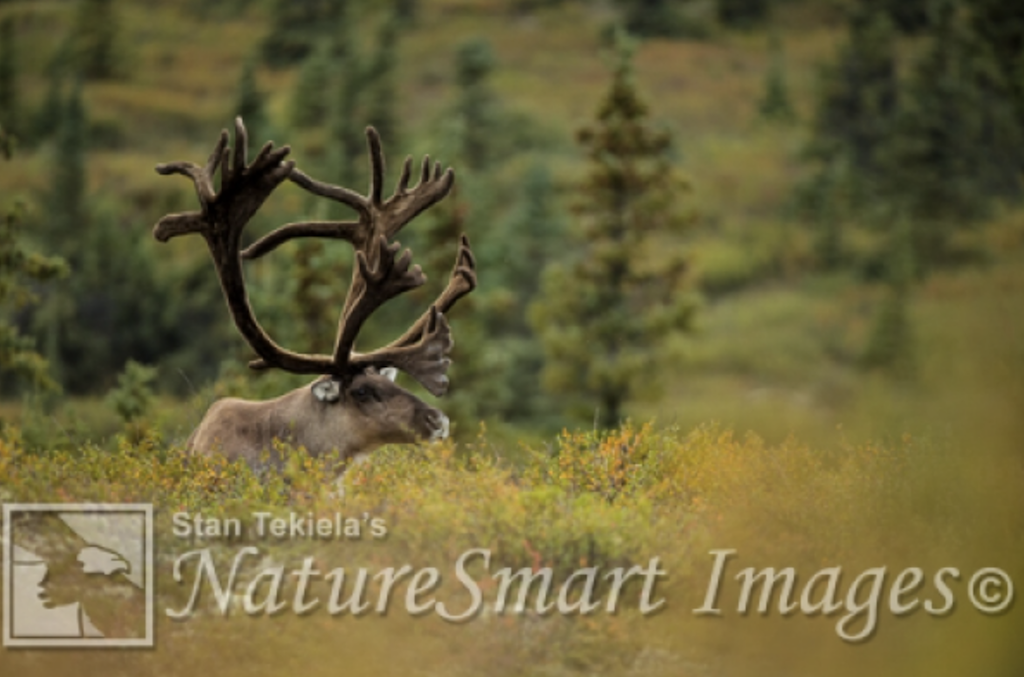
Some have suggested that because mammal urine, such as from wolves, reflects UV light, then the caribou could use this information to help them avoid predators. This would give the caribou a warning of predators in the area, but this is just speculation. There can always be predators in the area!
There are still many mysteries surrounding this animal, no matter what name you call them, especially when it comes to reindeer flying and powering Santa’s sleigh around the world.
Happy Holidays to you and yours!
If you enjoyed Stan’s post, you may consider his amazing nature books: Majestic Eagles, Wild Birds, or Backyard Birds: Welcomed Guests at our Gardens and Feeders.
You can follow Stan on Facebook and Twitter, or contact him via his web page. Stan’s nationally syndicated NatureSmart Column appears in more than 25 cities spanning 5 states (Minnesota, Wisconsin, Michigan, Illinois, and Pennsylvania) and is circulated to more than 750,000 readers.
For more stories about wildlife and nature, sign up for our newsletter now!


